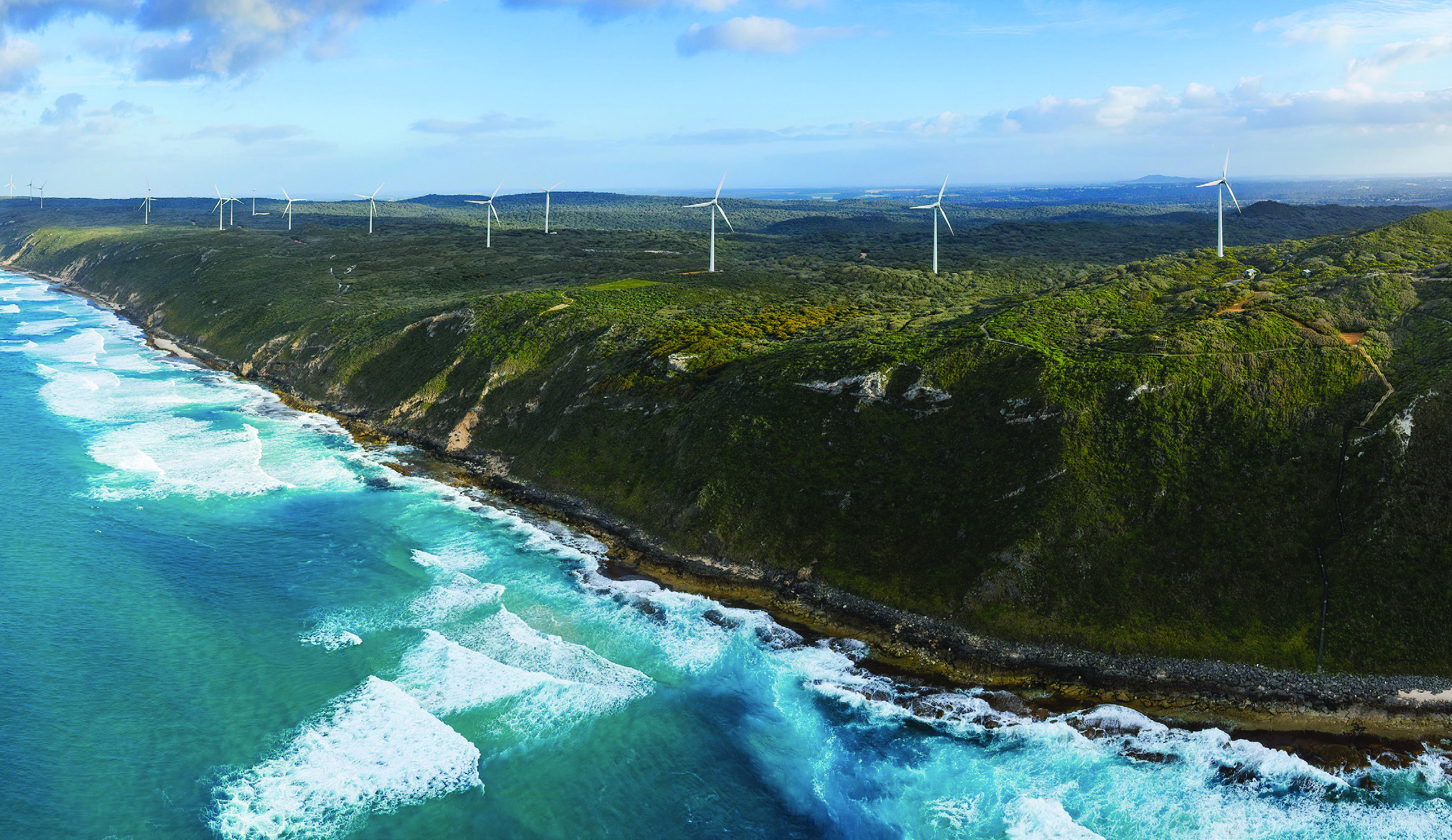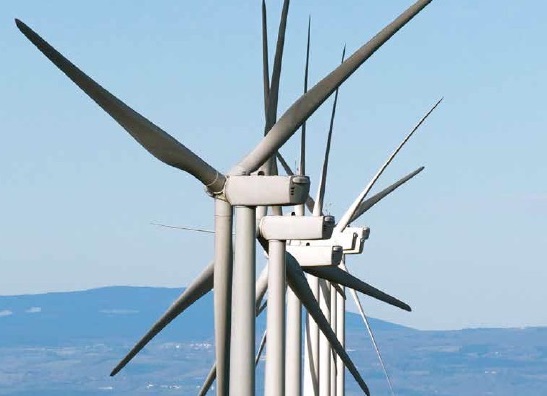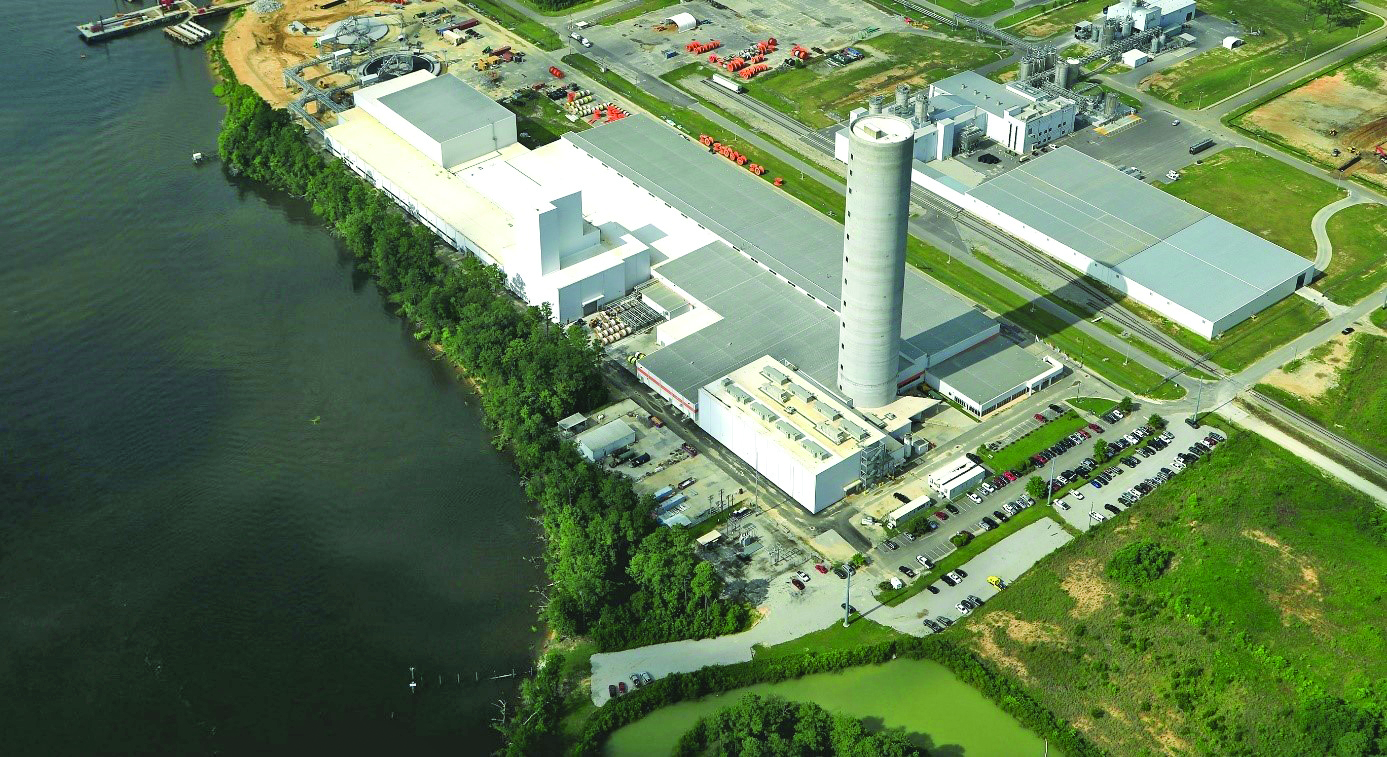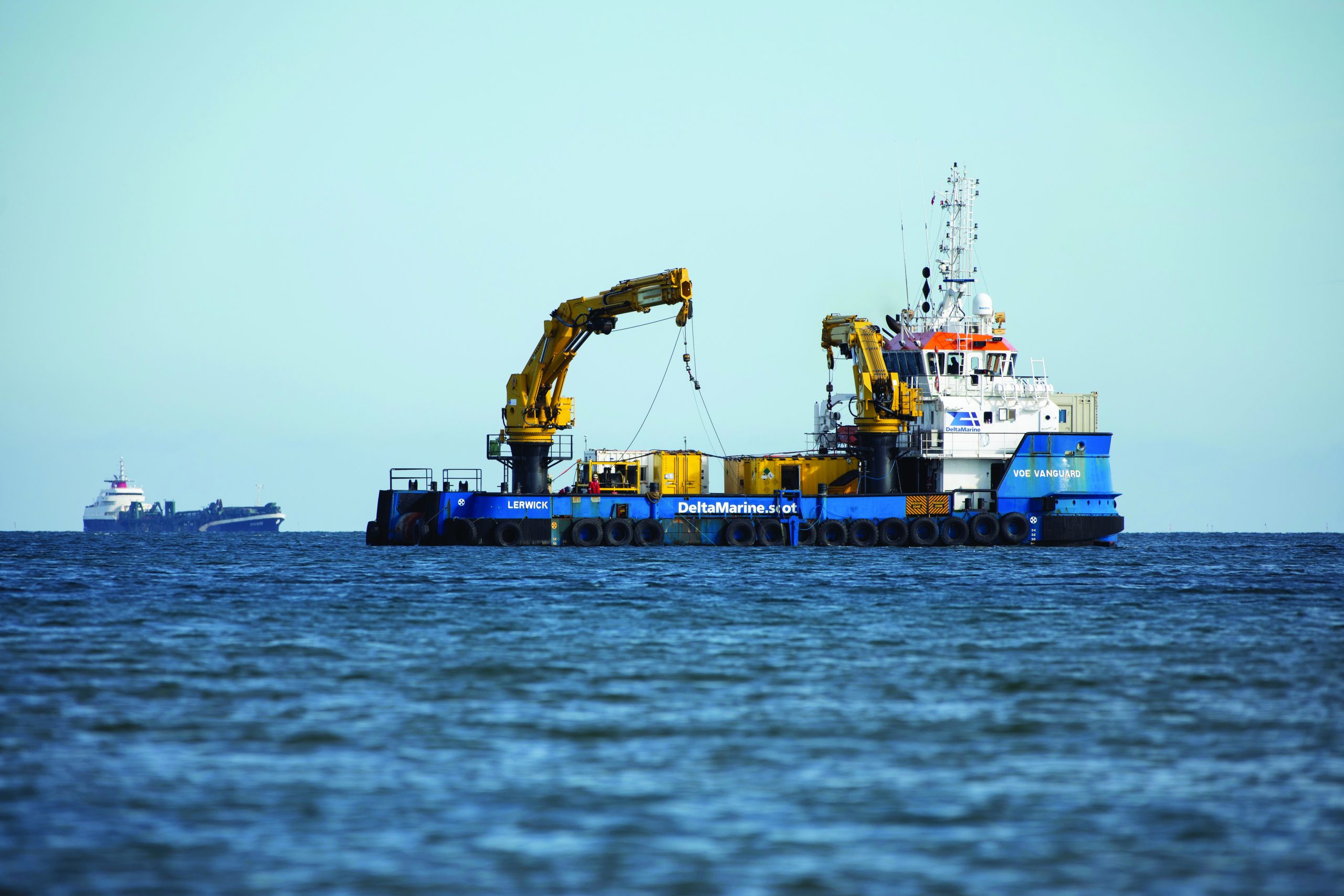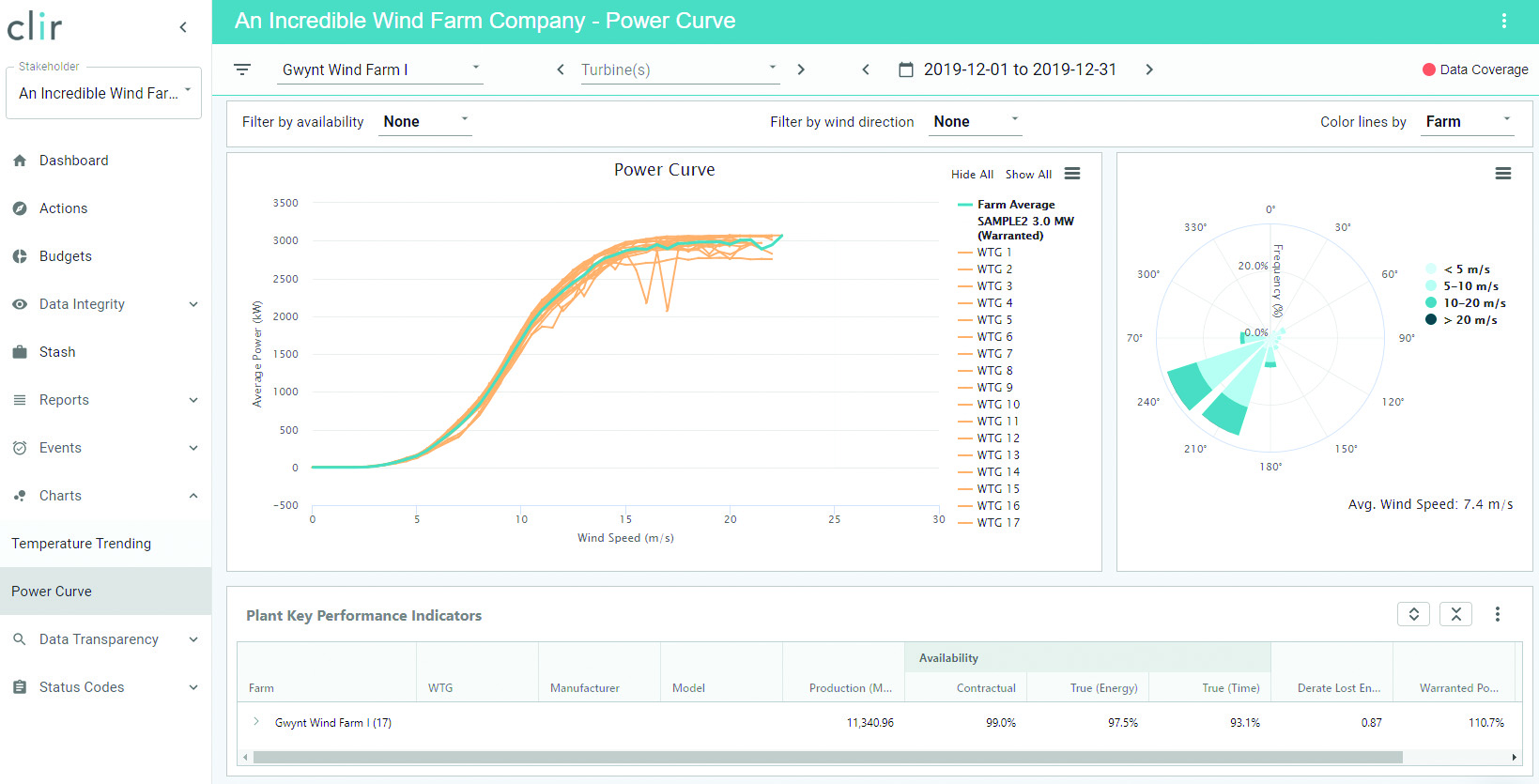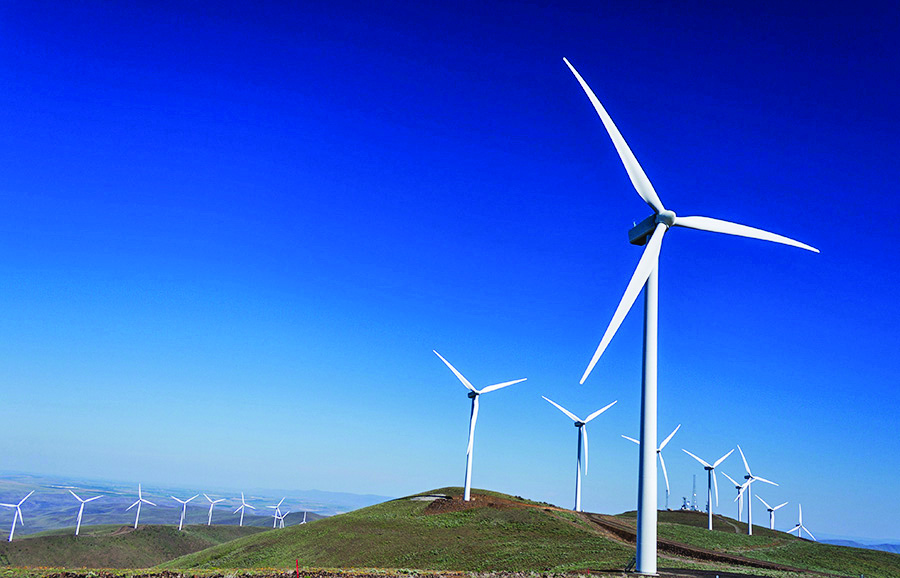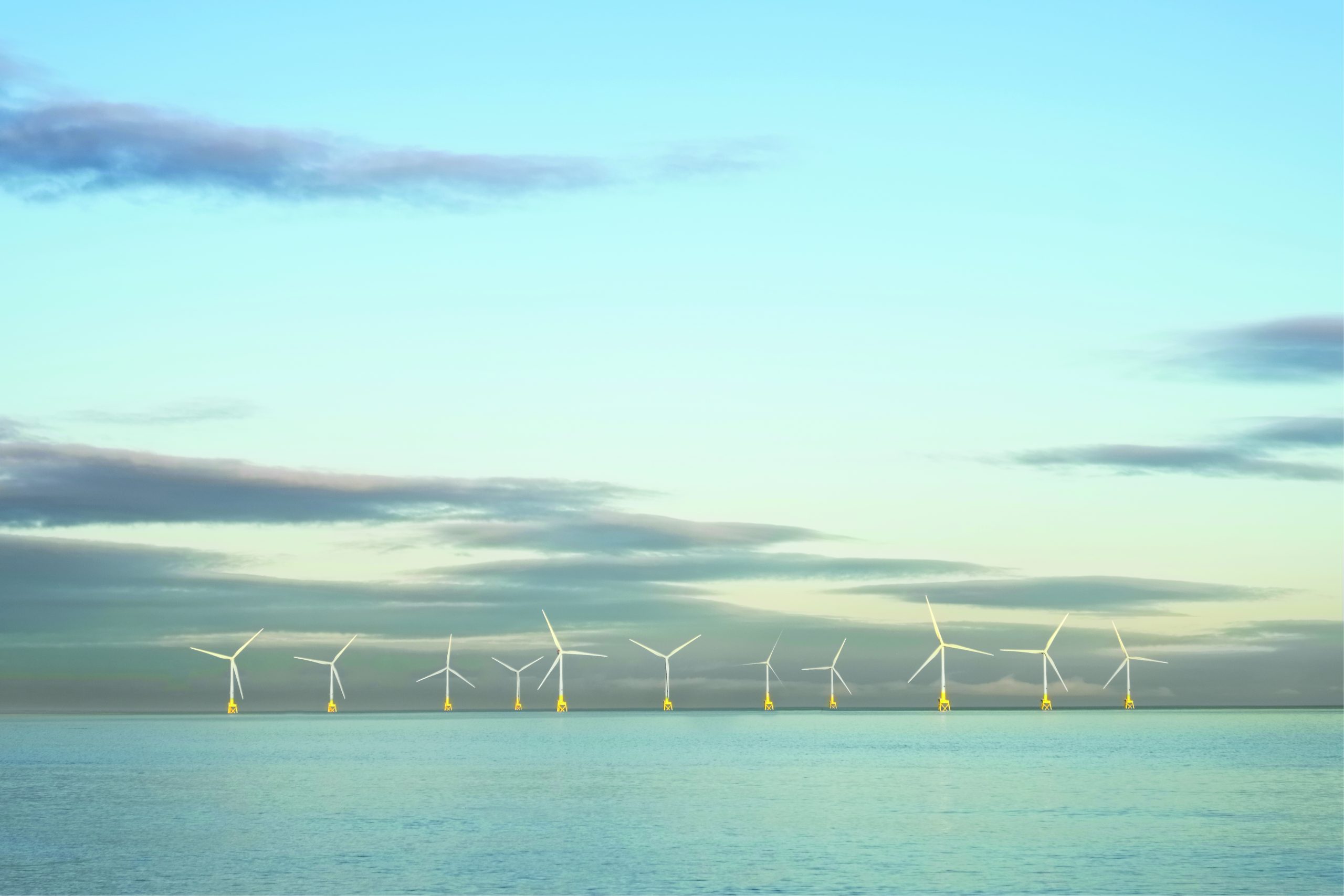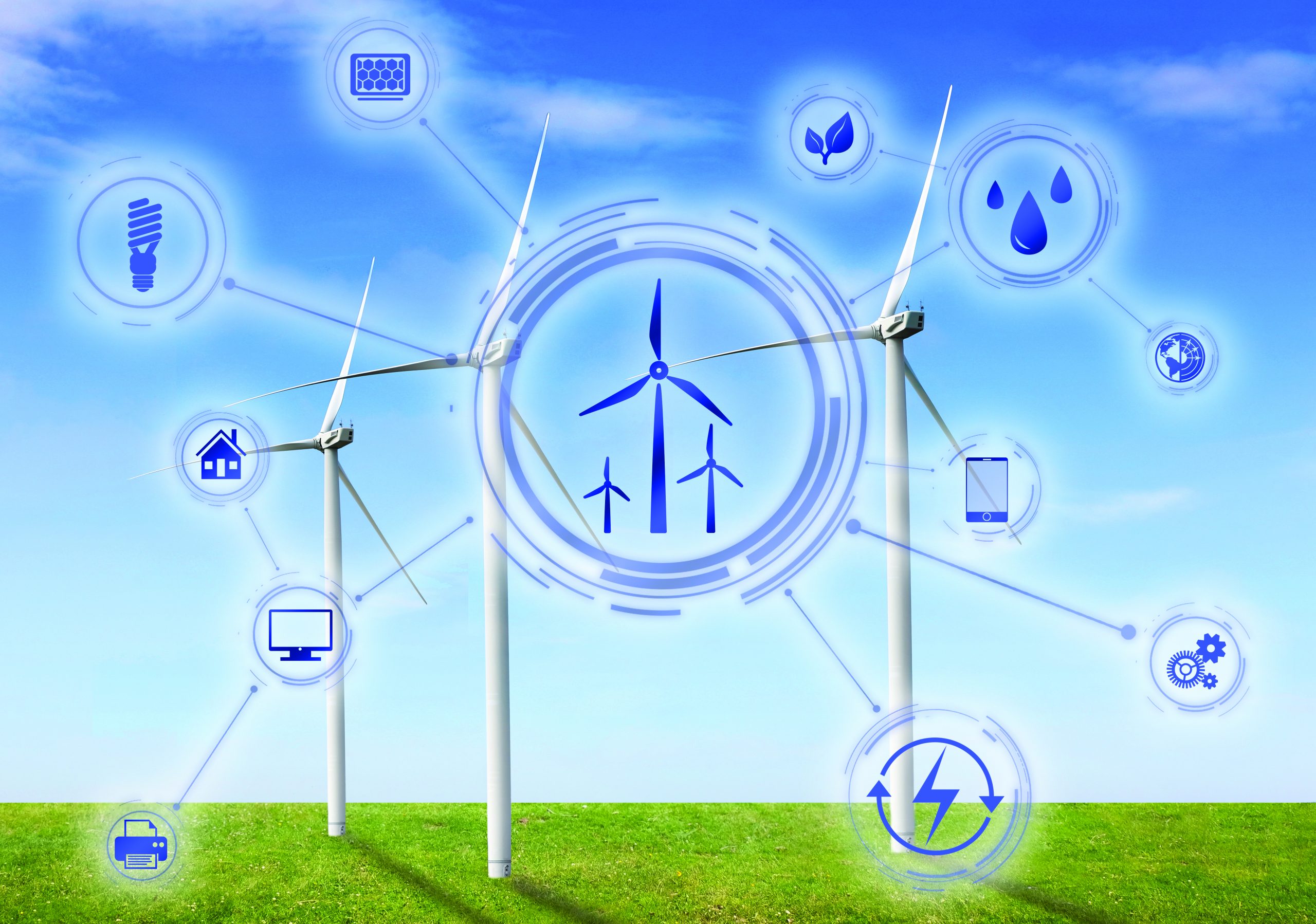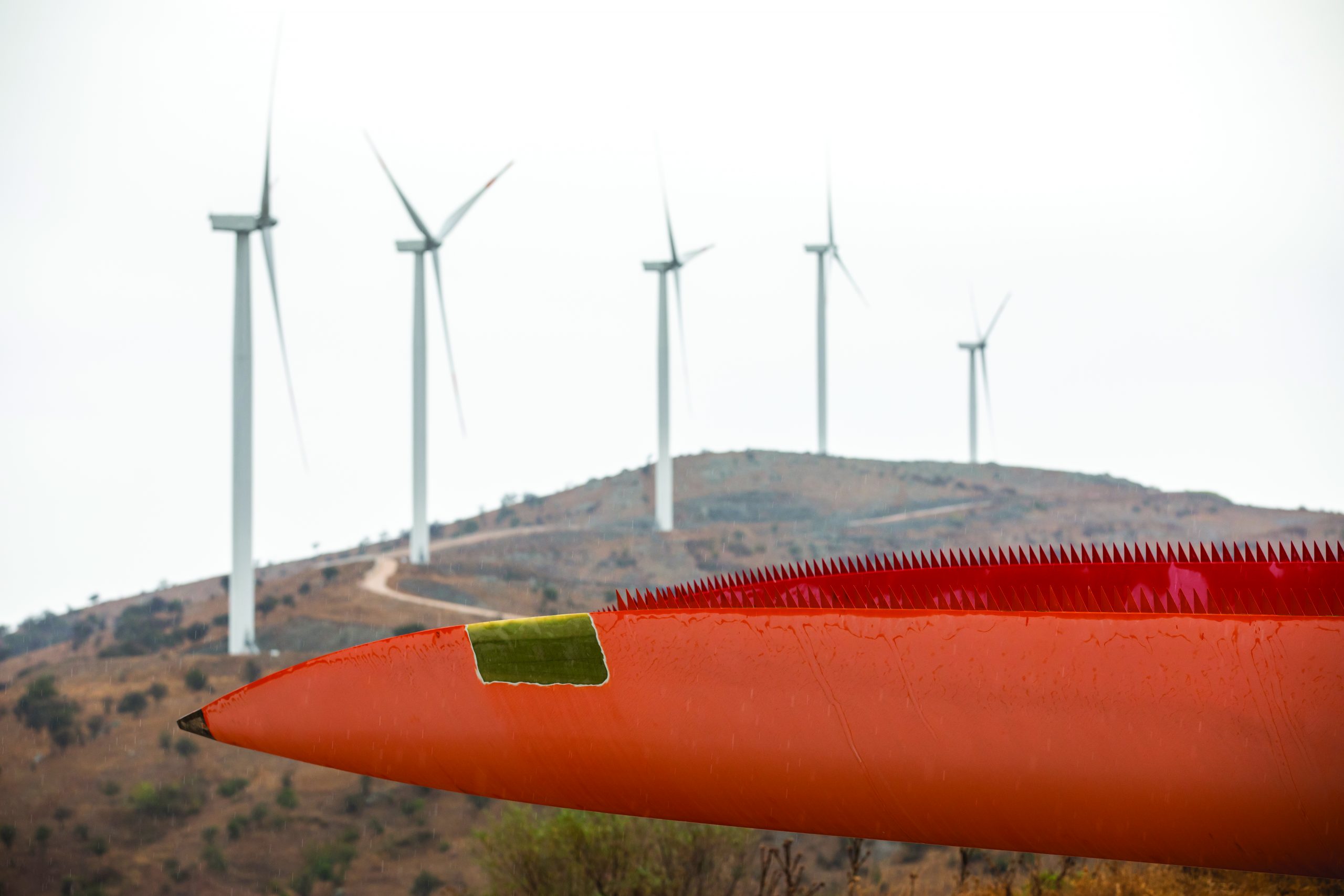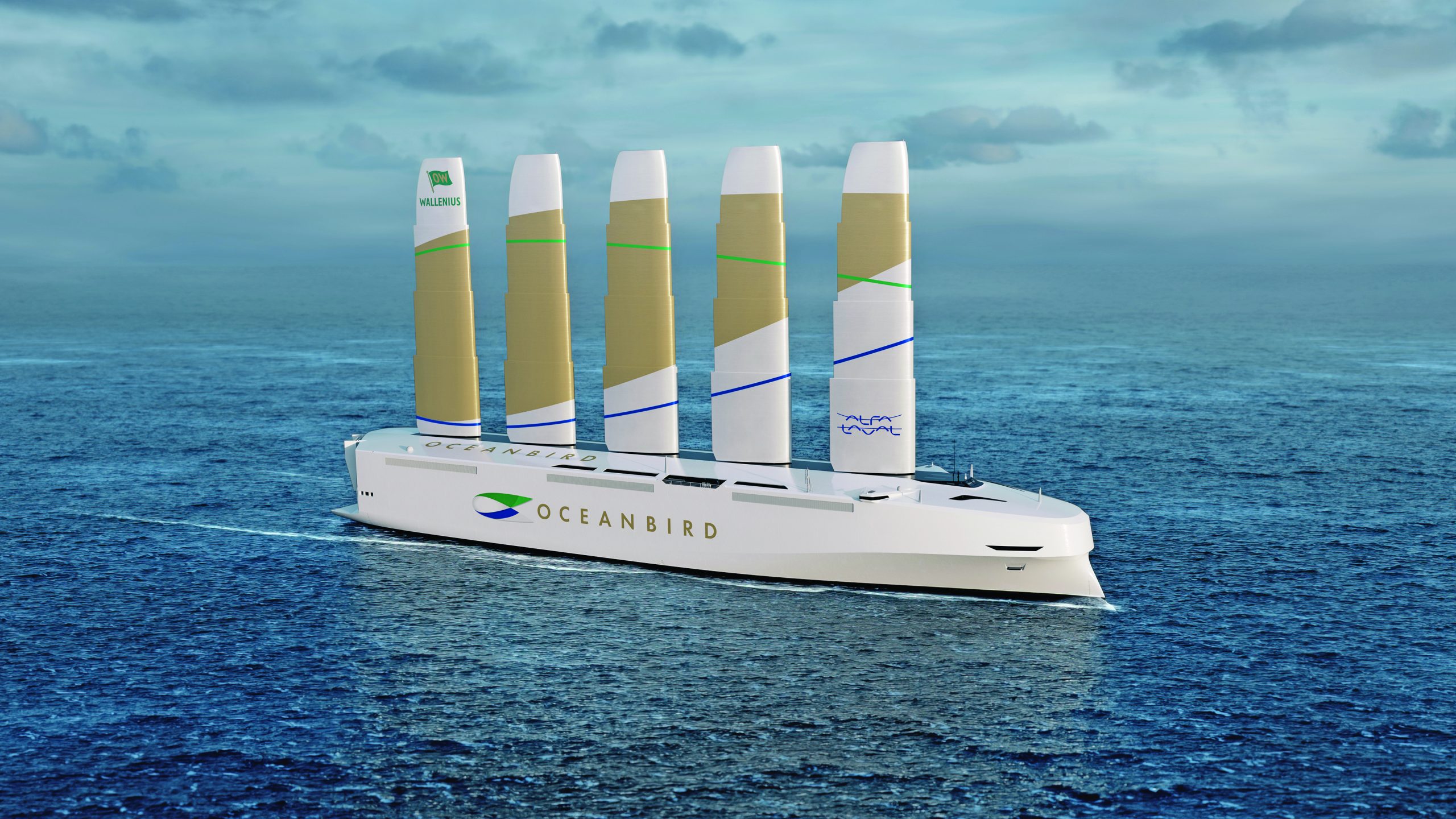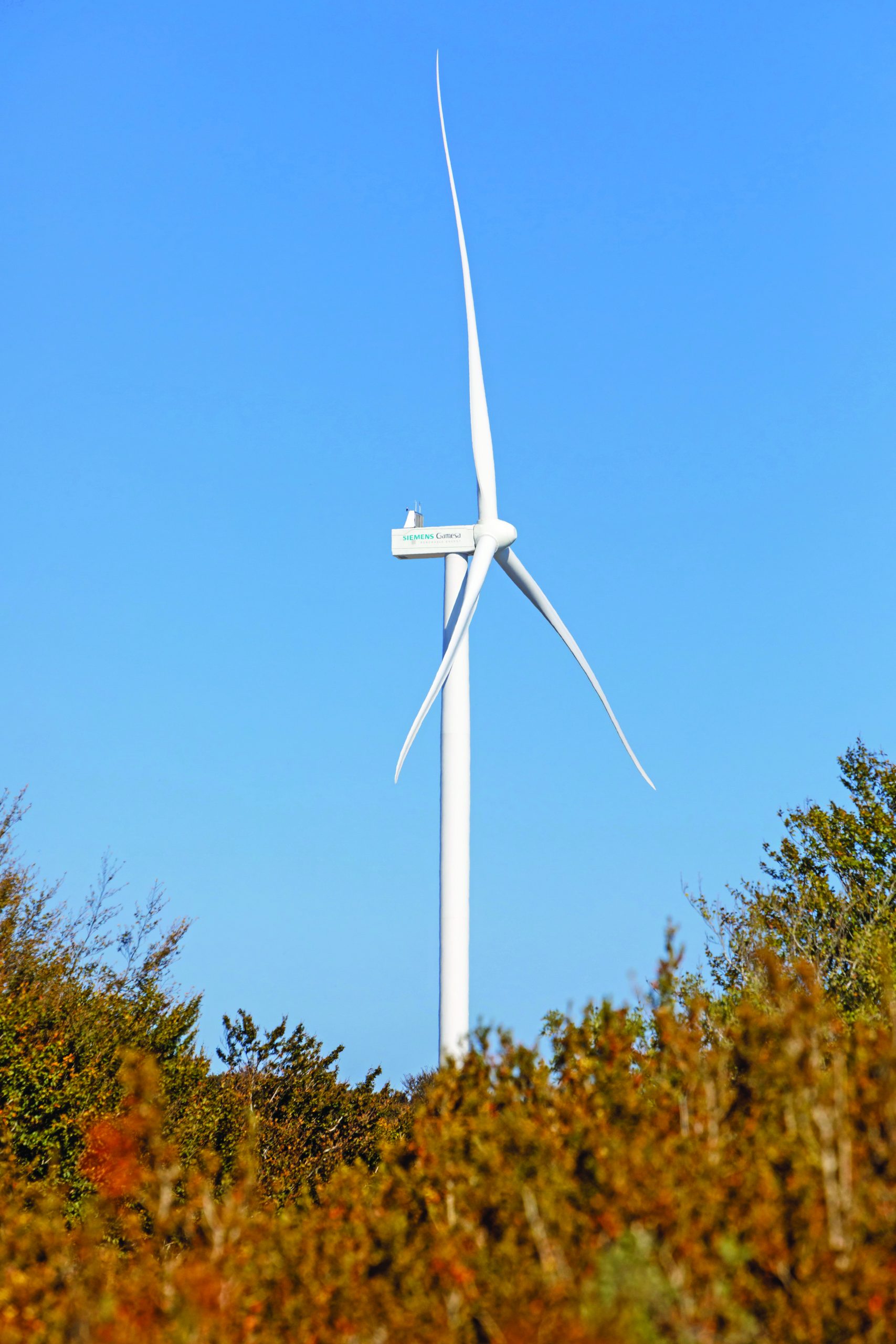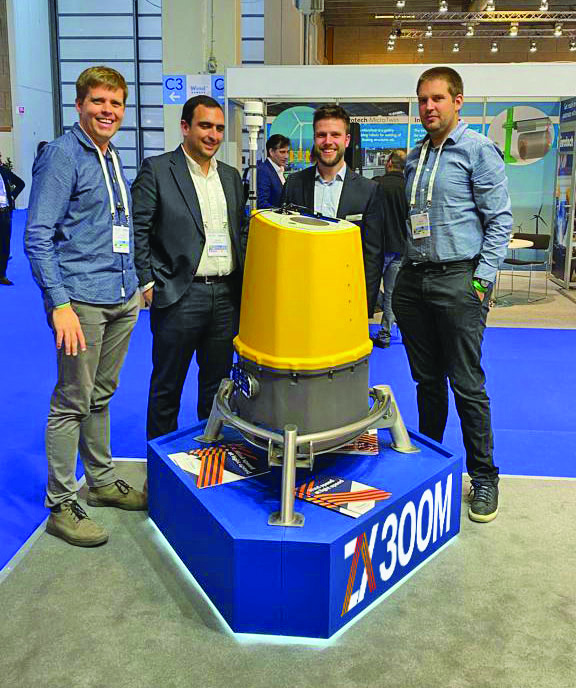Wind Harvest International recently launched an innovative capital raise to bring its mid-level wind turbines to the world. CEO Kevin Wolf recently talked with Wind Systems about the company’s Wind Harvester™ turbines, what they mean for opening up untapped wind resources, and how his crowdfunding and other offerings are pioneering a new way for companies to raise capital and move through the last stages in the technology readiness level process to full commercialization.
What is your role with Wind Harvest International and how did you get involved with the company and its projects?
I’m the CEO, and I’m a co-founder of the company. I got involved because I was very interested in finding renewable energy sources that would compete with dams for clean energy. Back in the 1980s, I met the founder and learned about wind energy. I got to see their turbines and realized, “Wow, you can make energy out of wind.” So, I followed them; I invested in them, and then I started helping them. Then they brought me on board. We founded Wind Harvest International in 2006, and I became the CEO again at the end of 2019 to start a new capital raise. I devoted a lot of time to the development of projects and facilitating the engineering team as a professional facilitator of consensus-based processes. I’m not an engineer, but I have a science degree that allows me to understand the engineering. Engineers like precision, but most have a hard time thinking outside the box. Evolution and ecology majors at UC Davis learn to quickly change their hypotheses as new studies are constantly changing what we know about nature.
What kind of turbines are Wind Harvest’s mid-level wind turbines and how are they different from the competition?
There really isn’t any competition for vertical axis wind turbines yet. This technology has had all kinds of problems over its history. Currently there are no utility-scale vertical turbines in commercial sales. It is a challenge to get there. Our Wind Harvester™ turbines are categorized as H-type turbines, where the blades are straight, and they come three per turbine. They capture the mid-level wind between four and 30 meters above the ground. This wind is usually too turbulent for large, traditional turbines.
As blades of propeller-type turbines move through turbulence, they vibrate and cause the bearings and the drive shaft to wear out too quickly. So, your basic wind engineering textbook says that these turbines are lifted above these wind layers to reduce wear-and-tear on their horizontally aligned drive trains. Additionally, traditional turbines are separated far apart from one another in wind farms to prevent their wake from causing shaking in downwind turbine blades. In order for wind farms to harvest excellent mid-level wind resources, they need to have vertical axis turbines like Wind Harvesters to really handle the gusts and turbulence.
The other thing about an H-type turbine is that these turbines can be placed a meter apart from one another. This closeness produces a dense amount of energy out of a row of turbines. It also triggers the Bernoulli principle, where fluid-like wind in narrow spaces speeds up. That increased wind moving through the gap increases lift and torque on the neighboring turbines’ blades at the square of the wind speed.
You don’t have to worry about the wake that’s created by the horizontal turbines?
Well-designed H-type turbines can do just fine in wake and turbulence. As a matter of fact, they can benefit from the blockage effect. All turbines block some of the wind causing it to flow around the rotor and again, because of the Bernoulli principle, speed up as it does so. The higher their solidity, the more the blockage. When our turbines are placed in the “sweet spot” of the speed-up zone beneath the taller turbines, they produce more energy.
The other reasons are in H-type turbines’ vertical alignment and because our aircraft aluminum blades are held at two points to the center mast. The long blades of conventional turbines only connect at one point to the driveshaft. The vertical alignment Wind Harvesters blades’ stall regulates in higher wind speeds and through gust events. Stall regulation is a wonderful gift of physics to naturally help prevent over-speed problems on our turbines.
But, eventually, there will be competition. There are some companies that are trying to move their way through the prototyping process, but none that we know of have gotten to what’s called Technology Readiness Level 6. TRL 6 is a full-scale model of your end product. We know of one that’s at TRL 5, which is 50 percent scale. Our turbine has moved into TRL 7 — the pilot project step at the UL Advanced Wind Turbine Testing Facility in Texas. Our model 4.0 turbine should start TRL 8, IEC 61400 certification by early summer 2022. But you wait until you’ve gotten data from pilot project testing, because you can’t be sure of your loads and frequency response without real data from a full scale prototype in real conditions. So, no competition yet, but there will be because the market is so big and profitable.
Would these H-type turbines work in areas where more traditional wind turbines have trouble being permitted?
Well, unfortunately, there are a lot of areas in which the tall turbines are prevented from going — for example, near airports and radar. The blade tip speeds move at 150 miles an hour, and are two dimensional and reach 100-plus meters above the ground. This causes problems for radar and flights and views, but square turbines that are 20 meters tall and rotate through three dimensions inherently have less impacts on radar and are just not as easily seen from a distance.
You also have properties that are too small to place tall turbines on them because of setback easements. Some excellent 1- to 10-MW projects are in the Great Plains, especially out in the windy Wyoming areas. Here, there are high-energy-using facilities that can’t get permits to install any tall turbines on their properties, but they could install our turbines because they’re short and can fit within the setback requirements. Other areas include islands or any place where the people like tourists are concerned about views, and they do not want to see something that’s a hundred meters tall from their beach.
But when the turbines are the height of a palm tree, they can be hidden away. On trade-wind islands, the wind is slower, but steady; having short turbines with large rotor swept areas to generator capacity makes for an efficient turbine, and low wind speeds offer tremendous opportunity for these islands that are usually on diesel generation to find a much cheaper way of supplying energy. And the wind blows at night, so it’s very complimentary to solar.
Your literature mentions experts like CalTech professor John Dabiri have conducted modeling that shows that your types of turbines could increase the output of traditional turbines. How does that happen?
There’s a wonderful physics of it. Dabiri’s field experiments showed that the vortices shed by vertical-axis wind turbines create vertical mixing, and their roughness lowers the boundary layer with faster moving wind from higher altitudes moving downward. The vortices are like little tornadoes shed downwind with very low pressures inside that suck in air from above and under into the center of the shed vortices depending on which direction the blades rotate. Our turbines are shedding 13-meter-high vortices three times a second with edge speeds at 50 to 90 miles per hour. That equates to a lot of energy going into the mixing of mid- and upper-wind layers.
Another physical phenomenon that Professor Marius Paraschiviou out of Concordia University in Canada has shown in his modeling involves arrays of two to 10 places almost directly under the tall turbines’ blades or 10 to 20 meters downwind. When you put a row of our turbines very close together, their blockage effect speeds up the wind over, around, and between the turbines. Bernoulli’s continuity principle says a fluid in a narrower space speeds up. The lift on a blade of a wind turbine is the square of the speed across the blade, so if you can cause the speed in the gap between or flowing into the neighboring turbine’s rotor to increase, the lift on the blades will increase torque on the drift shaft.
With a higher wind speed, you have a lower pressure. When you put a row of our turbines directly underneath or downwind a little distance from a tall turbine in a unidirectional or bidirectional site, you produce a higher wind speed right above the array of the shorter turbines. This increase in wind speed reduces the air pressure, which creates a greater pressure difference between the front of that bottom sweep of that blade and the downwind increases, which means a wind speed increases through the bottom sweep of the horizontal blade. And the blockage effect of the tall turbines will send more wind into it, and we will get more power out of a row of our turbines directly downwind. So, you have this synergistic opportunity in two different ways.
Your turbines would increase the wind space for the horizontal wind turbines creating more power in the long run?
Yes. Dr. Dabiri and his team predict that existing turbines in wind farms can realize a 10 percent increase in energy output with rows of our turbines beneath them.
How big is the mid-level wind farm market in the U.S. and around the world?
In California, every wind resource area, every wind farm in the state of California has excellent near-ground wind resources, and we’ve mapped it out, and in most of those places, we can double or triple the output. There’s something like 6,000 MW of wind energy in wind farms in California now. We think we can add another 20,000 MW into the existing wind farms in California in wind speeds above 6.5 meters per second and 20 meters above the ground. We use UL’s wind navigator as our mapping tool. We’ve created maps of these near-ground wind resources — the first maps ever of what these resources are. We have some online that we’ve published, but it’s pretty fascinating how windy these places are near the ground, and they’re just sitting there waiting for a technology to make use of it.
We analyzed every wind farm we could find in The Wind Power net database. The Wind Power net keeps a database of all the wind farms in the world. They tell you the owner, the height, and they give you the latitude and longitude. We were able to find the wind farms in Google Earth on about one third of them, and we used UL’s data to get the wind speed near the ground in those wind farms.
We extrapolated out in about 20 percent of the world’s wind farms have wind speeds above 6.5 meters per seconds at 20 meters and about 5 percent have wind speeds above 8 meters per second, 20 meters above the ground. Those are tremendously good resources.
Right now, it’s about 140,000 MW, and it is expected to increase the same rate as wind farms increase. So, by 2030, we should see almost 300,000 MW of potential of capacity of wind farms. If we can double that, we would get another 300,000 MW of near ground mid-level wind turbine resource. It’s one of the biggest resources in the world that’s untapped waiting for a technology to use it. The first trick is to get a turbine through the certification process. So, we’ll be the first. At least, we think we’ll be the first.
What other ways can your proprietary turbine technology mesh with renewables in hybrid scenarios, maximize a region’s wind resources, and make a positive impact around the world?
Let’s give the example of Barbados. Barbados uses diesel-generated power, hitting 30 to 40 cents per kilowatt hour. It’s expensive energy. The government has set a goal of 100 percent renewables, and the studies show that they’ll need 600 MW of renewable energy to meet that goal. They’ve got about 30 MW now, and they cannot get the tall turbines on the island. They are too big for the roads. The limestone roads get crushed when they bring the tall turbines in, and their setback easements are one-and-a-half times the height of the turbine, which means the property on this most densely populated country in the Western Hemisphere doesn’t have any properties big enough to put a tall turbine on without changing the nation’s setback rules, so they are very interested in our turbines.
In the northern part of the island, it’s a tremendously windy resource. They have a drought induced by climate change that has been going on for years. They are struggling with desalinization of water on diesel generation. You can imagine how expensive that water is. We think we can put 100 to 200 MW of our turbines on the north part of the island, and whenever it exceeds the capacity of the grid there, it would desalinate water. So, instead of storing it in batteries, you run it through desalinization, and you store the energy as water in tanks, and then you release it into the water network that extends out across the island. It’s an interesting way. Rather than storing it in batteries, you store it in desalinization.
All over the world, these islands are in trouble from droughts, and they need inexpensive, renewable energy to desalinate seawater.
How does your crowdfunding and 506c offering provide a new way for companies to move through the last stages of technology readiness and into full commercialization?
I like that you asked that question. It’s called the Valley of Death for renewable technology. You need to get to full-scale prototypes. If you’re working on something small, like a 3-kW turbine, it’s not a big deal, but once you’re working on a utility-scale product, you’re dealing with millions of dollars for each prototype. And you can’t sell the prototypes. So, you have no revenue, and you can’t get any revenue until you’ve gone through certification. And even then, banks do not finance projects until they’ve seen 20 of your turbines operating for two years. Now you’re talking million-dollar projects.
There are not a lot of customers out there who are going to invest in a project where they can’t get a half million to 10 million in financing for the new technology. Venture capital companies, VCs, have lost a lot of money trying to help products get through this part of the technology process. Murphy’s Law rules in this part of the innovation process, so they pretty much don’t invest in technology companies at our stage of development.
We recently launched a crowdfunding offering that closed in April with $1.4 million raised through a mix of equity and seven-year interest-only promissory notes. We just launched a new crowdfunding offering through the wefunder.com platform. This new capital will fund making and putting two of our model 4.0 70 kW turbines through TRL 8, international certification. It will pay for Doppler Lidar data collection and CFD modeling of the wake created by different rotational couplings of two Wind Harvesters. And it will advance our projects further down the project pipeline.
With that and our series B round capital, we plan on raising in the spring/summer of 2022, we will finance our own projects that buy our turbines. And we produce the O&M and production data banks want for project loans. Then we refinance those original projects and use that capital to leverage more projects that we develop and help finance.
More info wefunder.com/windharvest
